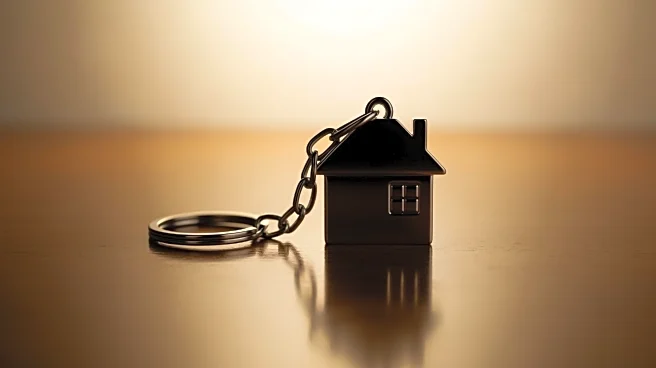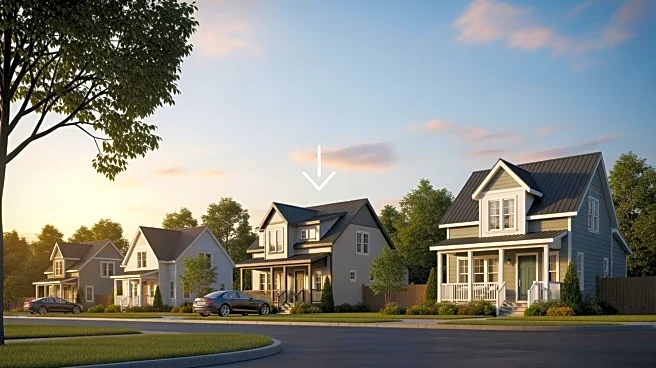What's Happening?
In Somerset County, Pennsylvania, the median home price for September was listed at $259,800, marking a 4.8% increase from the previous month's $248,000, according to data from Realtor.com. This figure represents a 6.7% decrease from September 2024, when
the median price was $277,000. The typical home in Somerset County was 1,794 square feet, priced at $127 per square foot, which is a 17.8% decrease in price per square foot from the previous year. Homes in the area were on the market for a median of 56 days, slightly longer than the 52 days recorded in the previous month. Across the broader Somerset metro area, median home prices rose to $264,675. In contrast, the median home price across the United States was $425,000, a slight decrease from the previous month.
Why It's Important?
The increase in median home prices in Somerset County reflects broader trends in the U.S. housing market, where prices have generally been on the rise. This trend is significant for potential homebuyers and sellers, as it indicates a competitive market with rising property values. For local economies, higher home prices can lead to increased property tax revenues, which can benefit public services. However, it also poses challenges for first-time buyers and those with limited budgets, potentially exacerbating issues of housing affordability. The data suggests a dynamic market where homes are selling relatively quickly, indicating strong demand.
What's Next?
As the housing market continues to evolve, potential buyers and sellers in Somerset County and beyond will need to stay informed about market trends. The ongoing changes in home prices could influence decisions on buying or selling properties. Additionally, economic factors such as interest rates and local economic conditions will play a crucial role in shaping future market dynamics. Stakeholders, including real estate agents and policymakers, may need to consider strategies to address affordability and ensure a balanced market.
Beyond the Headlines
The fluctuations in home prices also highlight broader economic and social issues, such as income inequality and access to affordable housing. As prices rise, there may be increased pressure on local governments to implement policies that support affordable housing development. Additionally, the trend of rising home prices could lead to gentrification in certain areas, potentially displacing long-term residents. These developments underscore the need for comprehensive housing policies that address both market dynamics and social equity.













